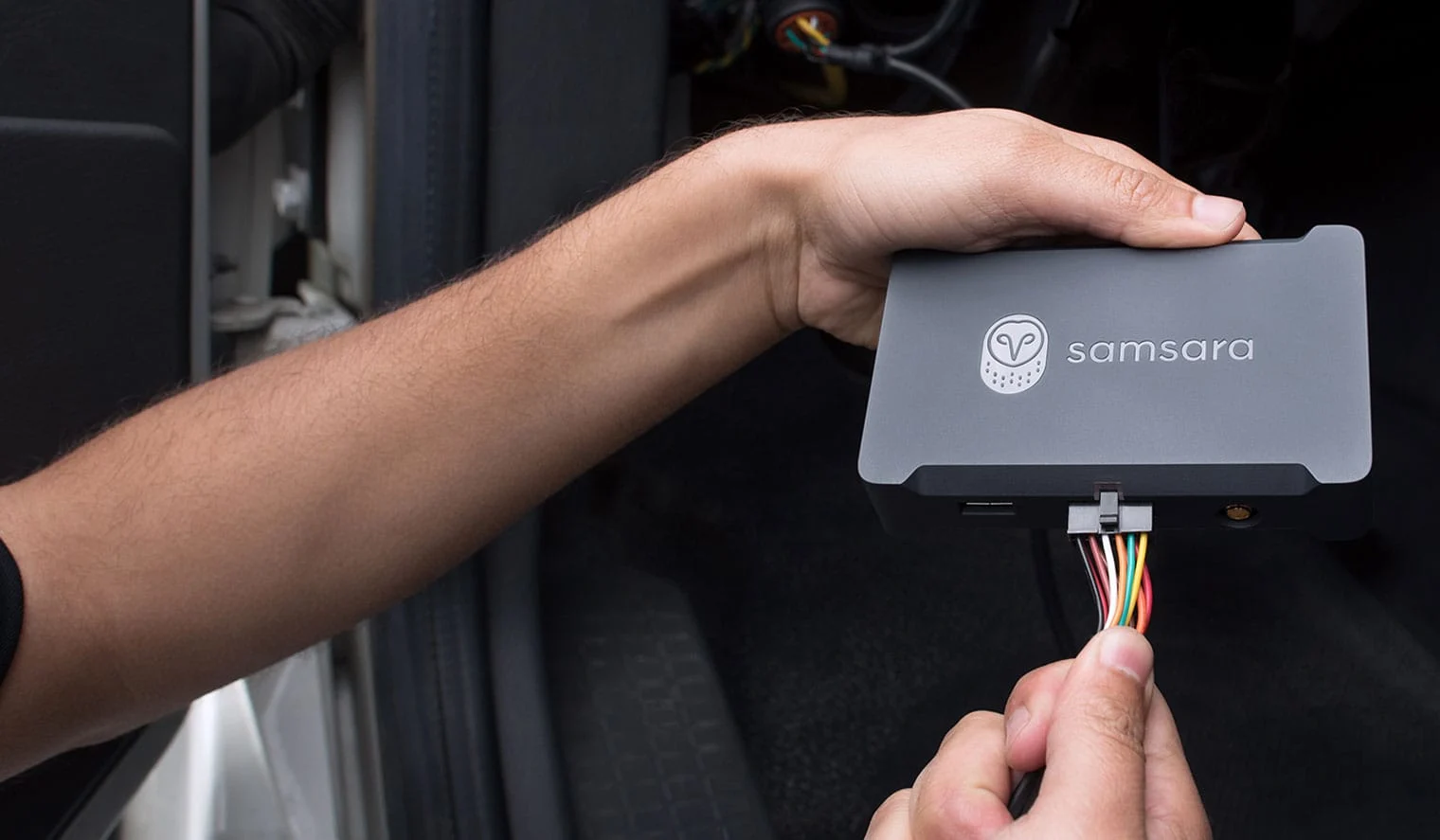Perspectives
Irving Materials’ fleet safety leader on getting union driver buy-in for dash cams
July 1, 2025
Fleet Program Safety Manager

Get the latest from Samsara
Subscribe nowNew safety technology like dash cams can be a game-changer for fleet safety. But, getting driver buy-in for in-cab cameras can be challenging, especially in unionized environments—without it, you can face serious roadblocks to creating a strong, effective safety program.
As a former union driver, I get it. No one wants to feel like they're being watched, and many drivers are worried that dash cams will be used to penalize instead of protect them.
However, in my current role as Fleet Safety Program Manager for Irving Materials, I'm seeing encouraging signs that unionized drivers are no longer an automatic "no" on dash cams—if the approach is right. For example, Irving recently acquired a company that didn't use dash cams, and when we approached the union with a plan to deploy them, we didn’t have to engage in a long, contentious negotiation. We showed the union what dash cams can do, and the steward said, "let's do this."
However, that kind of response doesn't happen by accident. It takes honesty, transparency, and commitment to driver safety. With that in mind, here are things you can tell your drivers, both unionized and not, to get buy-in for dash cams and other safety technology.
1. “Here’s exactly how we’re going to use your data”
Before we even think about deploying a new technology, especially dash cams, we sit down with local union leadership and drivers to explain how solutions will be used and why. This is a crucial first step that is non-negotiable.
Drivers are often very concerned about how their data will be collected and how it will be used. We emphasize that the goal of the technology we use is to enhance safety and protect drivers, not to micromanage them, and we are transparent about who has access to sensitive information, such as video footage and audio recordings. To build trust, consider implementing strict data controls and providing a detailed breakdown of access levels to the union.
2. “We want to make sure you're safe, not trip you up with minor mistakes”
We make it clear: The point of safety technology is to protect drivers and help comply with existing laws and company policies. We highlight how cameras help ensure drivers are following rules, like wearing seatbelts and not using cell phones behind the wheel.
This frames the technology as reinforcing requirements that keep everyone safe, rather than just being a tool for catching mistakes. While accountability is part of the equation, we focus on using the data for coaching and corrective action through a fair, progressive discipline process.
3. “Here are real examples of how video can help exonerate you”
One of the most effective ways to get drivers on board with safety technology like dash cams is to show them real examples of how the technology can work for them. We share footage from actual incidents where dash cams have been instrumental in clearing a driver of false claims or proving they weren't at fault. When drivers see how the technology can advocate for them, it clicks.
We even encourage proactive use of in-cab features, like pressing the dash cam button to capture footage when they're driving defensively or face an unsafe situation on the road. This provides crucial context for driver behavior and empowers them to show their side of the story.
4. “You’re doing a great job”
It's easy to focus on negative events flagged by technology, but highlighting safe driving is just as, if not more, important. That’s why we’ve built positive recognition into our program from the start, including awards and gift cards. Celebrating safe behaviors and proactive reporting of near misses or hazards captured by dash cams reinforces our culture of safety.
Another option is to introduce dash cams with an initial grace period. This allows drivers to have time to adjust to the cameras without fear of immediate disciplinary action for minor infractions. During this time, focus on showing them how the system works—for example, what cameras record and what triggers them, as well as how their privacy is protected—and providing coaching based on the data.
5. “We value fairness and following through on our agreements”
Irving Materials operates across several states and employs drivers from several unions. With this in mind, it’s important for safety managers to understand that every union contract is different, and may have specific stipulations regarding discipline and the use of technology. We adapt our approach as needed to ensure compliance with these contracts. Consistent and thorough documentation of coaching and any necessary disciplinary actions is absolutely essential to establish a sense of fairness and continue to build trust.
Every driver, whether unionized or not, wants to do their job and stay safe while doing it. By focusing on open communication and highlighting safe practices, organizations can build trust and turn potential resistance to dash cams and other safety technologies into a collaborative force for a safer, more successful future on the road.
Get the latest from Samsara
Subscribe now

















